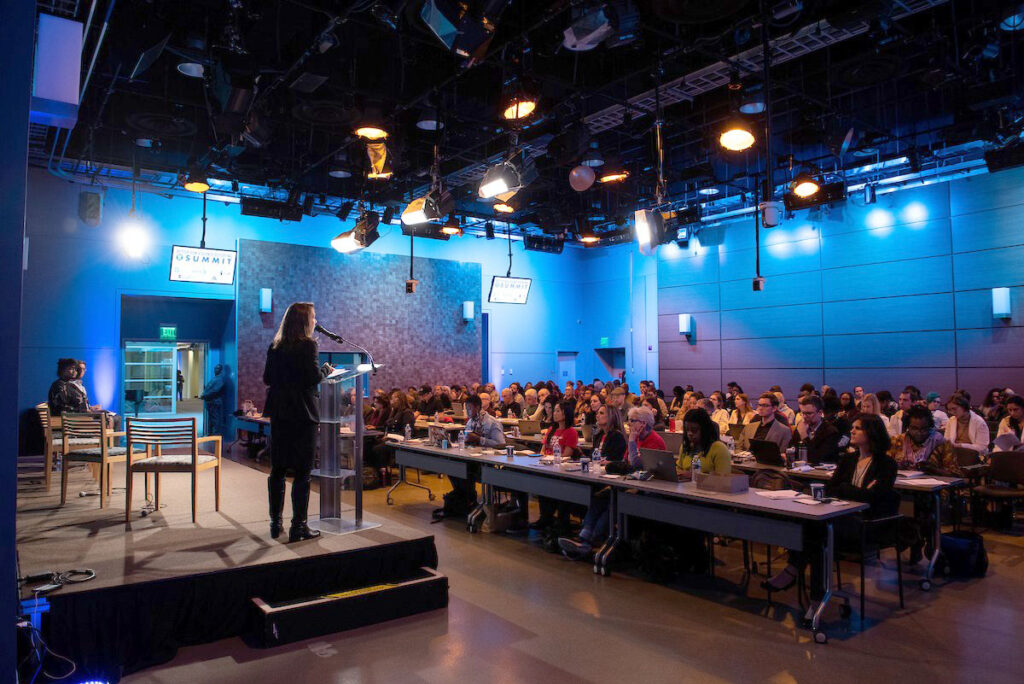
Before we dive in, let’s get something out of the way: As an organization made up of and informed by the work of journalists, we know you don’t want to do harm. In fact, we suspect you entered this profession because you wanted to do some good. For that reason, our goal here is not to blame and shame, but rather share information that will help you tell stories of gun violence in ways that heal instead of harm, that prevent violence instead of perpetuating it.
We can’t fix harmful gun violence reporting unless we understand it. And so, we conducted a research study that explored just that. We identified 12 elements as potentially harmful to individuals, communities and society more broadly.

Through multiple rounds of questionnaires with 21 experts — in this case, a mix of journalists, academics, and lived-experience experts — we identified 12 common elements of gun violence reporting that may be harmful to individuals, communities and society more broadly.
- Graphic content. Examples include images of the actual shooting, and graphic imagery or detailed descriptions of the crime scene.
- Clinical condition. News reports that describe the clinical condition of the firearm-injured person. For example, that they are in “critical” or “stable” condition. This is a common source of misinformation.
- Number of gunshot wounds. This may present another source of misinformation.
- Name of treating hospital. This may put the firearm-injured person at an increased risk of harm, whether through further violence or the fear of further violence.
- Relationship between firearm-injured person and perpetrator. Sometimes this information is inaccurate, and other times it implies that the firearm-injured person “had it coming.”
- Mugshot. Including mugshots of firearm-injured people takes away from their humanity. Mugshots of perpetrators can serve to glorify the crime.
- Absence of a follow-up story. Stories about gun violence often serve to capture a moment in time. There is rarely an update on how a community has fared after a shooting, or an interview with a survivor about their recovery. This “breaking news” coverage lacks context that is critical to understanding gun violence and its solutions.
- Episodic framing. Episodic crime reports focus on single incidents or a cluster of incidents. They typically include surface-level information delivered by third-party narrators. Critically, episodic crime reports do not include context, root causes or solutions to gun violence.
- Only law enforcement narrators. News coverage of gun violence that only or predominantly presents the perspective of police officers often includes incomplete or inaccurate information, and rarely includes a discussion of the root causes or solutions to gun violence that may be presented by public health narrators and/or community members.
- Missing perspective of firearm-injured person. By not including the perspectives of firearm-injured people and their loved ones, news reports may include inaccurate or incomplete information, and serve to dehumanize the victim or survivor.
- Missing community perspective. Quite often, the narrators chosen for stories about gun violence are not those who live in the community, increasing the risk of inaccurate or incomplete information, and resulting in stories that lack critical context. These stories can serve to isolate or stigmatize communities.
- Does not explore solutions. By not presenting research-backed solutions to gun violence, news reports may leave consumers feeling as though gun violence is inevitable, rather than preventable. Gun violence is not inevitable. It is preventable.
You can explore more of our work around harmful reporting elements through this research paper.
The Second Trauma

Looking for another resource to illustrate the harmful elements of gun violence reporting?
The Second Trauma is a 25-minute documentary that explores the impact of the media on various gun violence survivors and co-victims, including PCGVR team member and The Second Trauma producer Oronde McClain. Critically, it also offers solutions for journalists.
It was produced in collaboration with the Logan Center for Urban Investigative Reporting at Temple University.
To request a screening, reach out.
